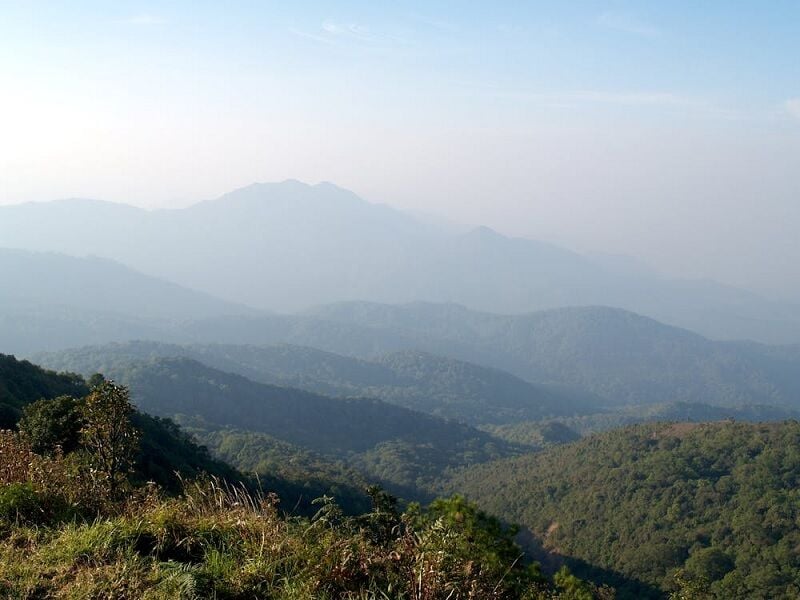Chiang Mai declares more districts as disaster zones amid wildfires

Wildfires continue to blaze through Chiang Mai, leading the local authority yesterday to declare three additional districts as disaster zones. These districts, Chiang Dao, Mae Taeng, and Chai Prakarn, have joined Fang and Phrao districts, which were declared disaster areas on April 4. The provincial governor has cited the fatigue of initial firefighters and soldiers as a significant obstacle in suppressing the fires.
Chiang Mai Governor Nirat Pongsitthavorn expressed the need for more firefighters in Chiang Mai and hoped that the declaration of additional disaster zones would enable government agencies to utilise their budgets to combat the fires. Despite the severe air pollution caused by the wildfires, the governor has been unable to declare Chiang Mai an emergency assistance zone due to the absence of Ministry of Finance regulations permitting the release of funds for such situations.
The Pollution Control Department’s Centre for Air Pollution Mitigation yesterday, April 7, reported that PM2.5 levels in 36 northern provinces, including Chiang Mai, have surpassed the safe threshold of 37.5 micrograms per cubic metre (µg/m³). The Geo-Informatics and Space Technology Development Agency (GISTDA) identified nine provinces with levels ranging between 78.9 and 126.1 µg/m³.
Chiang Mai topped the list with a reading of 126.1 µg/m³, followed by Chiang Rai (113.3 µg/m³), Phayao (108 µg/m³), Nan (104.5 µg/m³) and Mae Hong Son (104 µg/m³).
In a concerning development, IQAir rated Chiang Mai as having the world’s worst air quality when the level reached 190 µg/m³ at 2.10pm. GISTDA also reported 1,279 hot spots in the North, including 100 in rice and cornfields.
Although the situation remains dire, Dr Piamlap Saengsayan, head of the pulmonary medicine department of the Central Chest Institute of Thailand, reassured the public yesterday that there is no definitive evidence linking PM2.5 to lung cancer. However, he acknowledged that prolonged exposure to high levels of pollution could lead to cancer in any part of the body.
This is due to the body’s natural response to PM2.5 particles, which involves the production of free radicals that react with cells, causing inflammation, which can lead to cancer.
Also, Dr Piamlap explained further that there is no clear evidence that PM2.5 is the main cause of lung cancer. However, studies have shown that cells in any part of the body can become cancerous if exposed to high levels of pollution for a long time
Latest Thailand News
Follow The Thaiger on Google News:


























